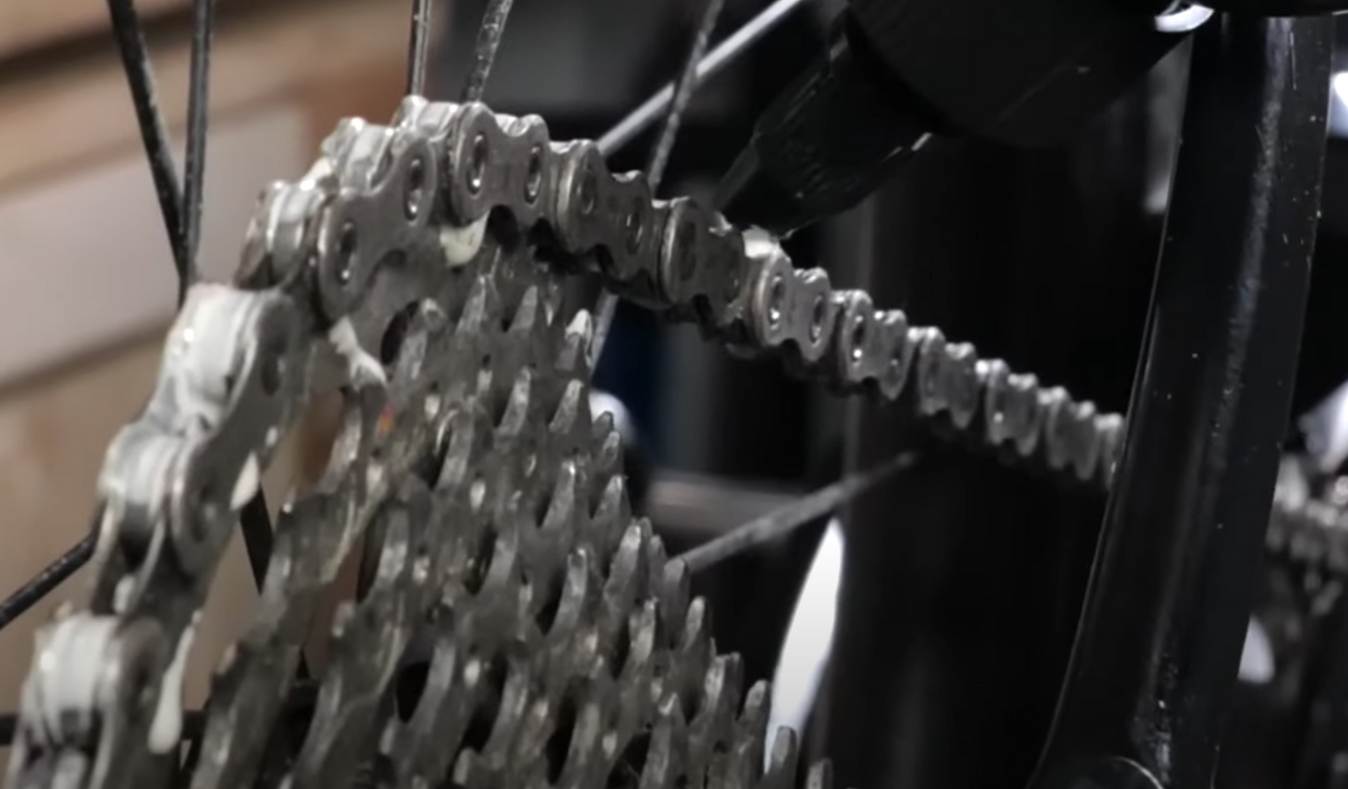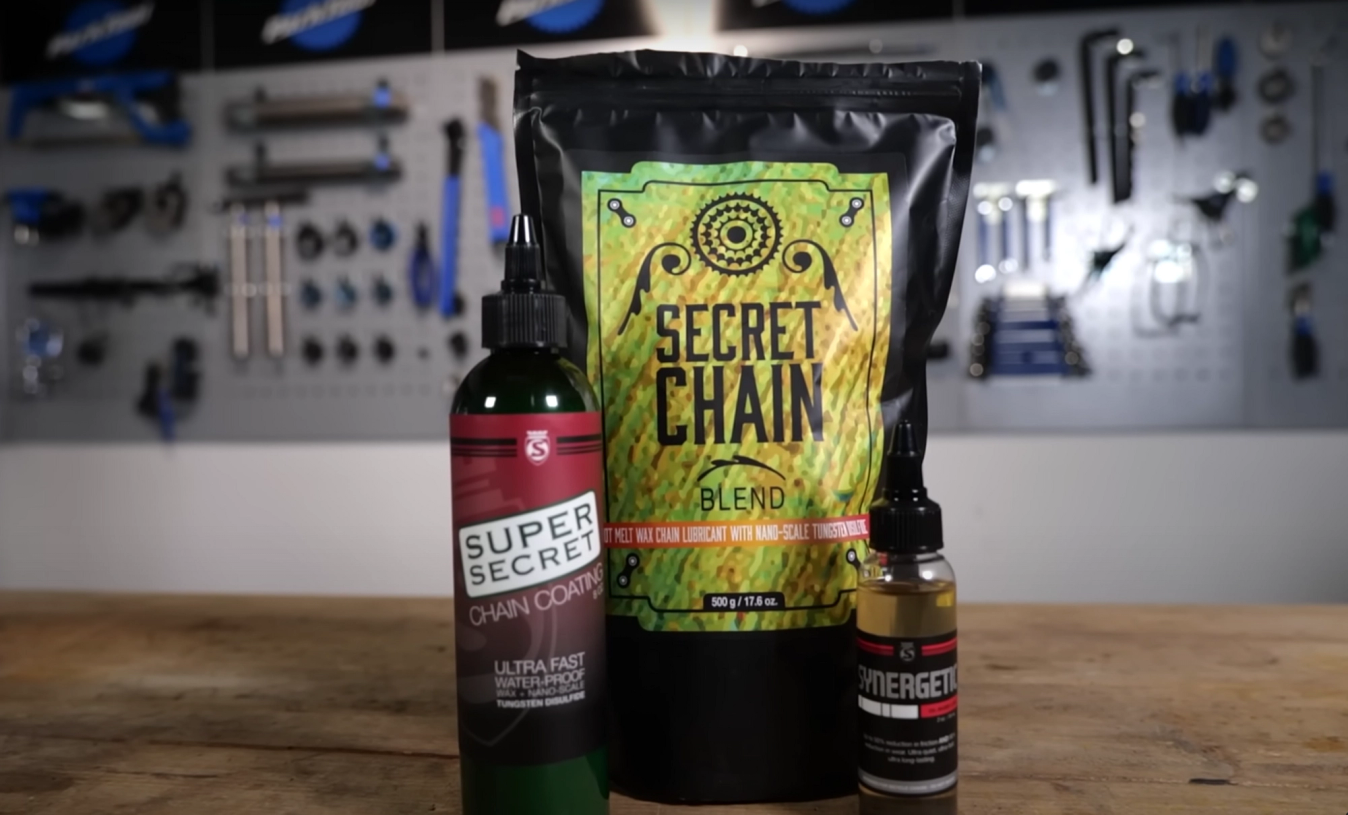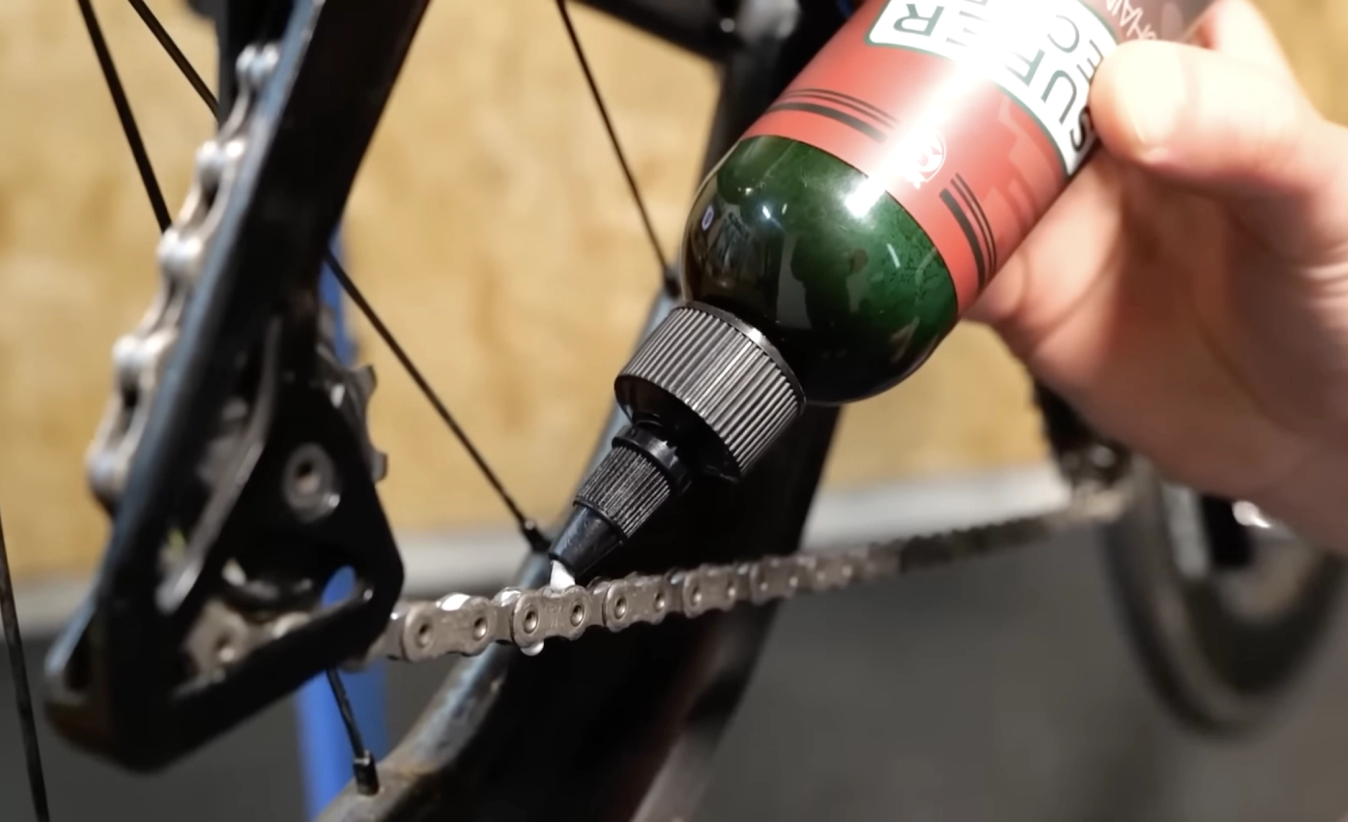How to pick the right chain lube: Expert tips from Silca’s Josh Poertner
Chain lube has a huge impact on performance, so it’s important to pick the correct one
Tom Hallam-Gravells
Online Production Editor
Hot-melt wax, drip-on wax, wet lube, dry lube - there are a perplexing number of chain lubes out there and picking one can be difficult. That’s why many cyclists simply opt for the cheapest option, but that could be a big mistake.
While chain lube is a simple product, it has a large impact on a bike’s performance, helping to improve drivetrain efficiency and limit wear. Making our lives more tricky, not all lubes are the same, and certain ones will fulfil these efficiency and wear-preventing roles much better than others.
The problem is, how do you determine the good lubes from the bad ones? To help, we’ve recruited industry expert Josh Poertner of Silca to learn some of his top tips.
Check out snippets from the interview below or watch the full video at the top of the page.
Which lubricants should you avoid?
Ceramics as a category of lube typically use Boron Nitride particle additives, and those are almost like ceramic rocks in the lube. The idea was that they would act like little ball bearings, but it doesn't work at all. It tests high in wear and it tests high in friction.

© GCN
Josh Poertner advises against dry lubes
Dry lube traditionally is only about 10% lubricant and it’s typically a PTFE (polytetrafluoroethylene) or some sort of solid lubricant in a solvent carrier, usually a pentane or a heptane that’s quickly evaporating. They’re also high friction and they're also high wear. But even worse, they're bad for the environment. Firstly, that's because of those chemicals and oils, but also, because they don't last very long, so you need to use more.
Additionally, traditional dry lube wears out your parts faster. The whole supply chain behind making those families of lube are just bad.
For those reasons, don't bothe with anything that says 'ceramic' or 'dry' on the front.
That leaves you with wet lube and wax.
Which lubes are the most efficient and what watt savings can they lead to?
The standard for understanding efficiency is a test that Friction Facts started. They put a 250-watt input into a chain, and see how many watts are lost through the lubricant.
With a hot melt wax product, you’re somewhere in the region of four to four and a half watts of loss. That’s really about as good as it gets. Portner says that products from Silca, Rex and CeramicSpeed are all going to be together in that range.

© GCN
Silca's selection of products
And then you go to a product like the drip-on Silca Super Secret wax. This is chemically the same stuff that’s in the melt-on wax, it’s just been high-pressure emulsified into water as a carrier. The downside of water as a carrier is that it’s slower to evaporate as a solvent compared to heptane or pentane, so you need to let it dry for a few hours. But you are only giving up about 0.3 to 0.4 watts using the drip-on lube over the hot-melt wax.
The other thing we talk about is single application longevity. With a melt wax you’re probably in the 300 to 350-kilometre range, for the drip-on you’re in the 250-kilometre range.
With hot wax, the beauty is that the chain is 100% full of wax inside the roller and pins. With the drip-on you’re getting to 60% to 70%, but if you do two applications you then fill 60% to 70% of the void from the first application, so you can get into the mid 90% range with a drip-on lube.
Something like Silca’s synergetic product is 100% synthetic oil with the same high-pressure additive package that our wax products have. That’s only about two tenths of a watt slower than the drip-on wax.
Then from there, from the best oil to the worst oil, you have about a two-and-a-half to three-watt delta.
- Read more: How to replace a bike chain
Do some brands use the same lubes that they used 30 years ago, simply repackaged?
Yes, there are a lot of legacy bands who are doing the same thing they were doing 30 years ago.
Some of that tech, 30 or 40 years ago, was cutting-edge stuff. That really was an improvement at the time, but the technology has marched forward. Portner says that modern testing equipment, having Adam Kerin at Zero Friction Cycling changing the worldview from friction to wear, has driven the industry forward.
Which lube is best in winter when rain is more common?

© GCN
Silca's drip-on wax
Portner still errs on the side of wax. He commutes six miles to work every day on an e-bike, rain or shine, with a waxed chain.
The main reason he still goes with wax, even when the weather is bad, is because the rest of the bike stays so much cleaner. The time Portner spends waxing his chain is time he gets back because there's so much less work compared to other lubes, which tend to dirty every part of the drivetrain.
How can people identify good products?
In Europe, you can ask for the SDS form, and companies are required by law to publish them. If you’re doing internet research, you can get an idea of what’s in there from the SDS form.
If you’re buying a lube, you want it to be 100% lube. If it’s made into a pretty colour and it has some fun smell, that means that it had to be added. Do you want your lubricant to be 5% food-grade dye and 5% food-grade fragrance? Probably not because it’s not doing anything to help with the chain.
Adam at Zero Friction Cycling is probably where you should start any internet searching on lubricant and look at his data set. One of the things he’s talked a lot about, and proven in his data set over and over again, is that all of the products that claim to clean and lube at the same time, don’t.
For more tech guides and buying advice, head over to the GCN website, linked here.








.jpg?w=600&auto=format)



